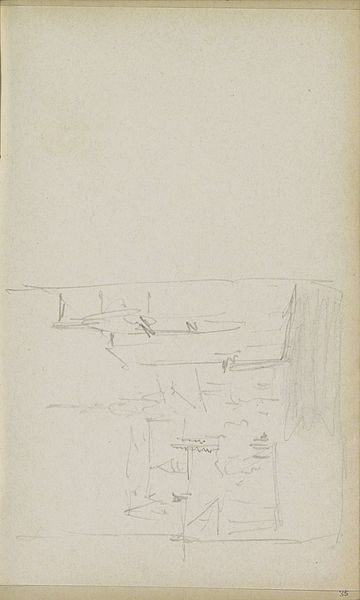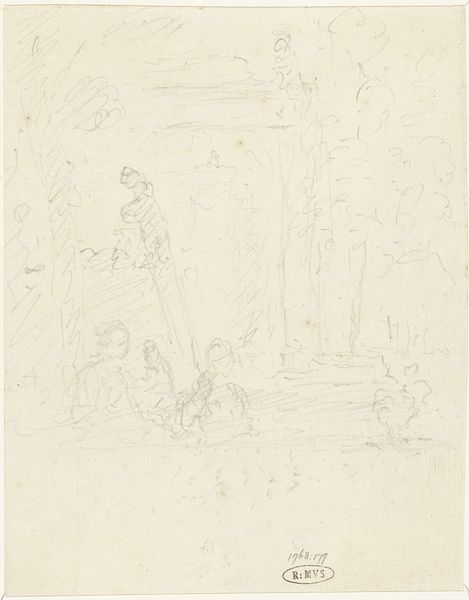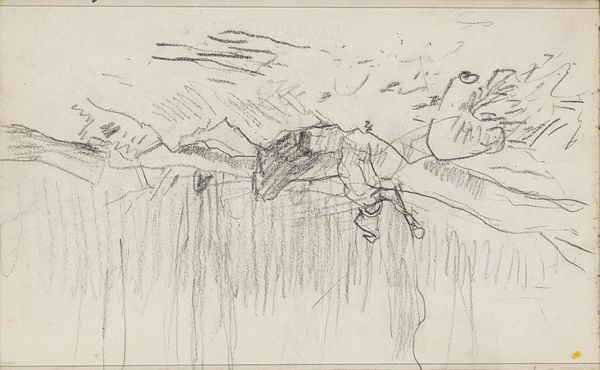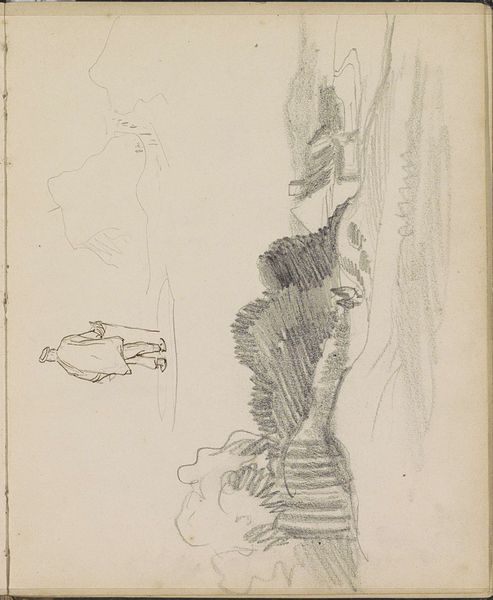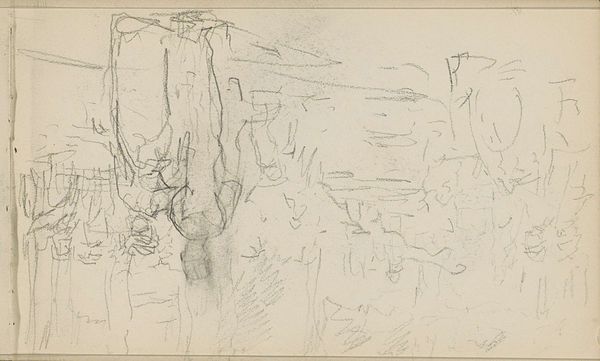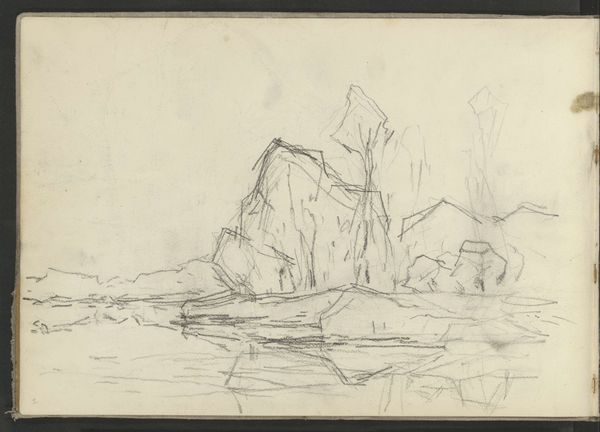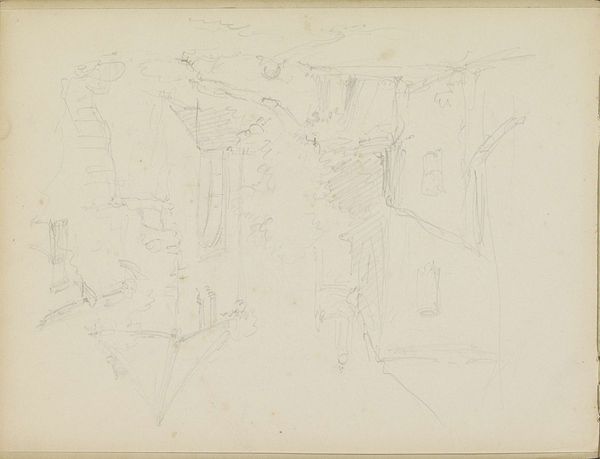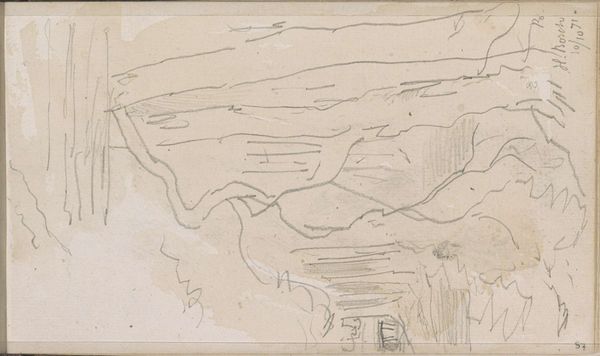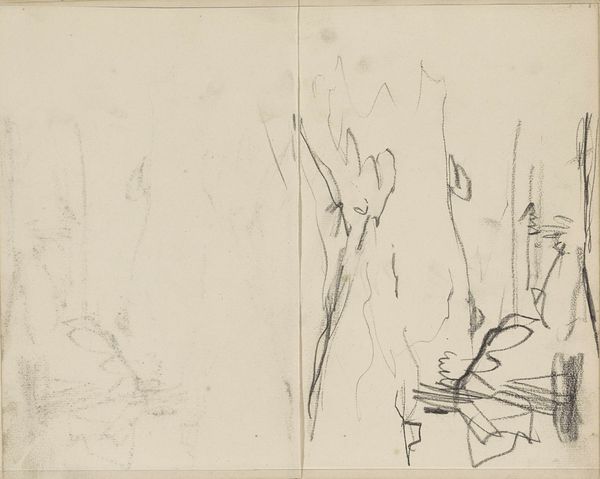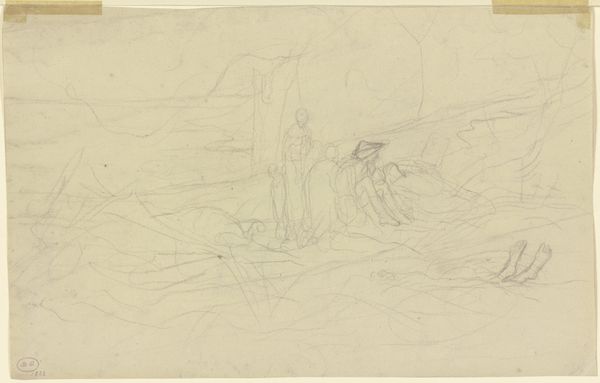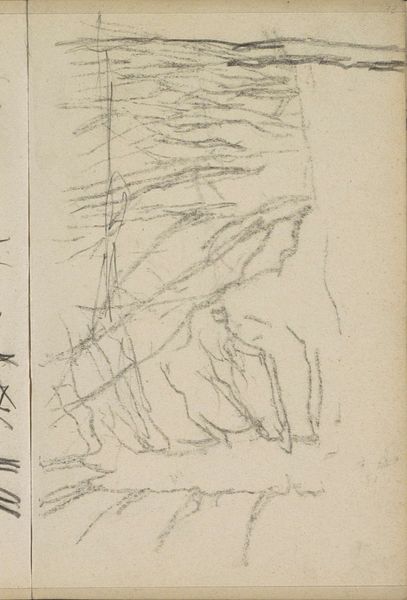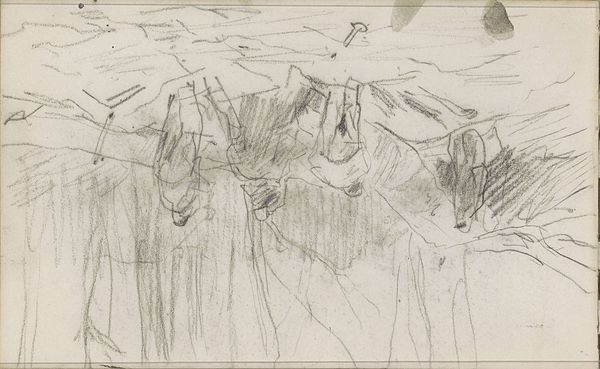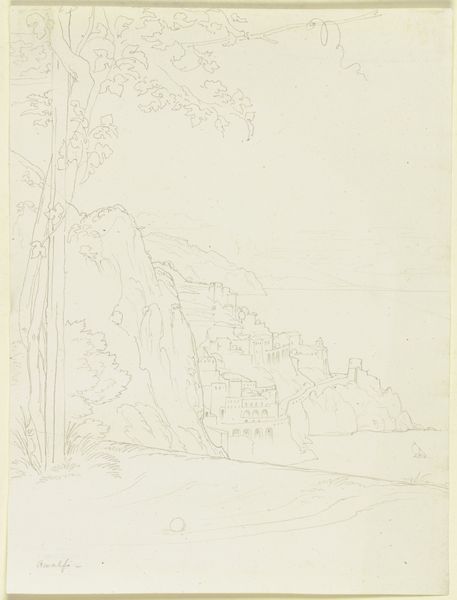
The Terrace of Envious Souls (from Dante's "Divine Comedy") 1824 - 1827
0:00
0:00
Dimensions: 52.7 Ã 37 cm (20 3/4 Ã 14 9/16 in.)
Copyright: CC0 1.0
Editor: This is William Blake's sketch, "The Terrace of Envious Souls" from Dante's Divine Comedy. I'm immediately struck by how ethereal it feels, like a half-remembered dream. What do you see in this piece, considering its historical context? Curator: Blake's illustrations for Dante are fascinating because they reflect his own social and political critiques as much as Dante's. Blake saw the "Divine Comedy" as a commentary on spiritual and political oppression. How do you think this drawing engages with or challenges the established artistic conventions of his time, considering the social and political upheavals of the late 18th and early 19th centuries? Editor: I see that it's not a traditional, polished history painting. It feels raw and immediate. I guess Blake is more interested in conveying the emotional and spiritual turmoil of Dante's vision than in creating a realistic depiction. Curator: Exactly. And that connects to Blake’s radical vision of art’s public role, which was to awaken imagination and challenge existing power structures. It's interesting to see how Blake uses Dante's imagery to express his views on the societal issues of his time. Editor: Thanks, I never thought of Blake using Dante to make his own political statements.
Comments
No comments
Be the first to comment and join the conversation on the ultimate creative platform.
